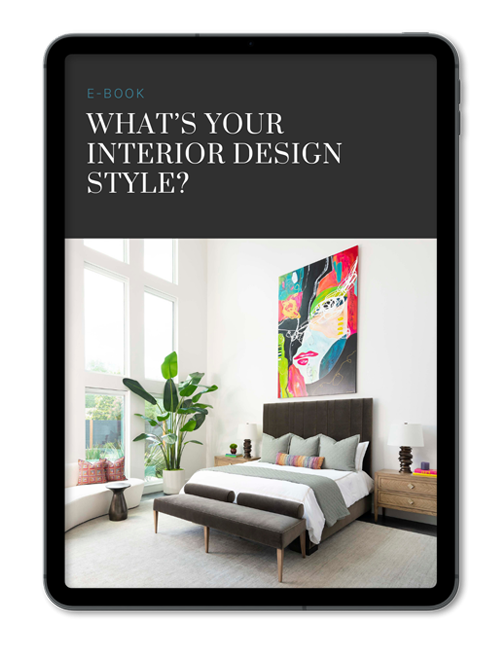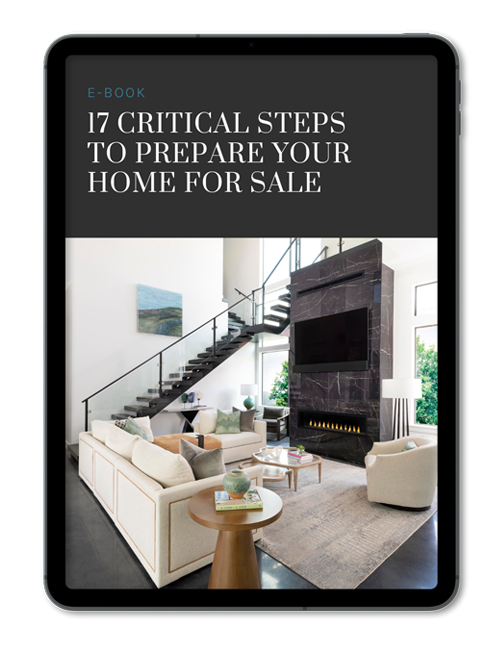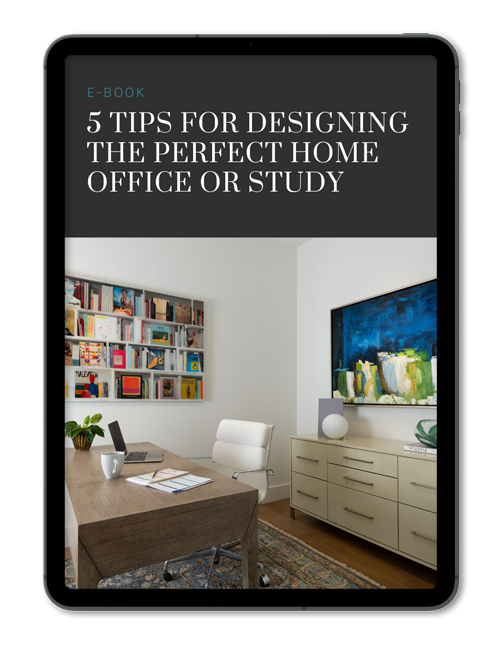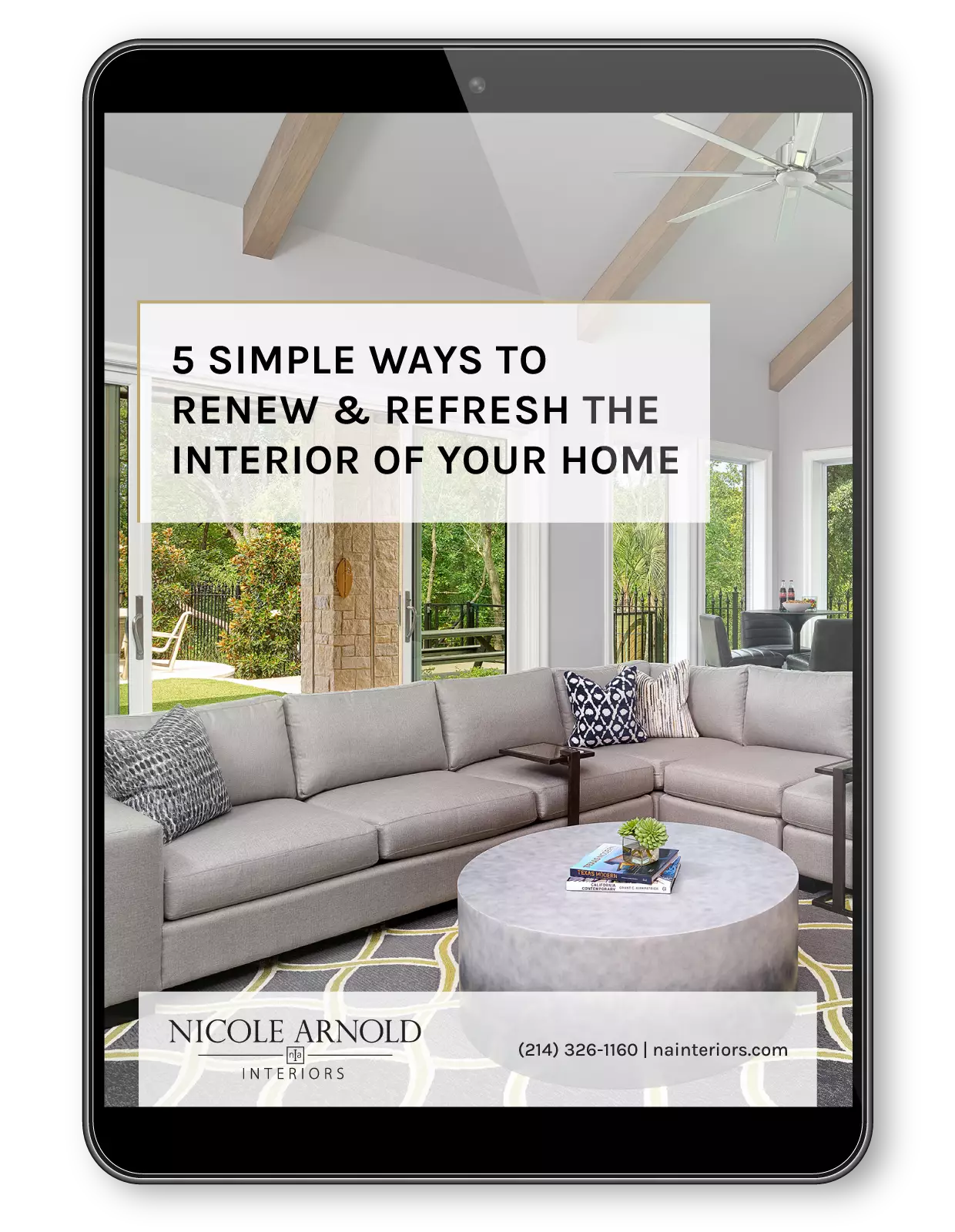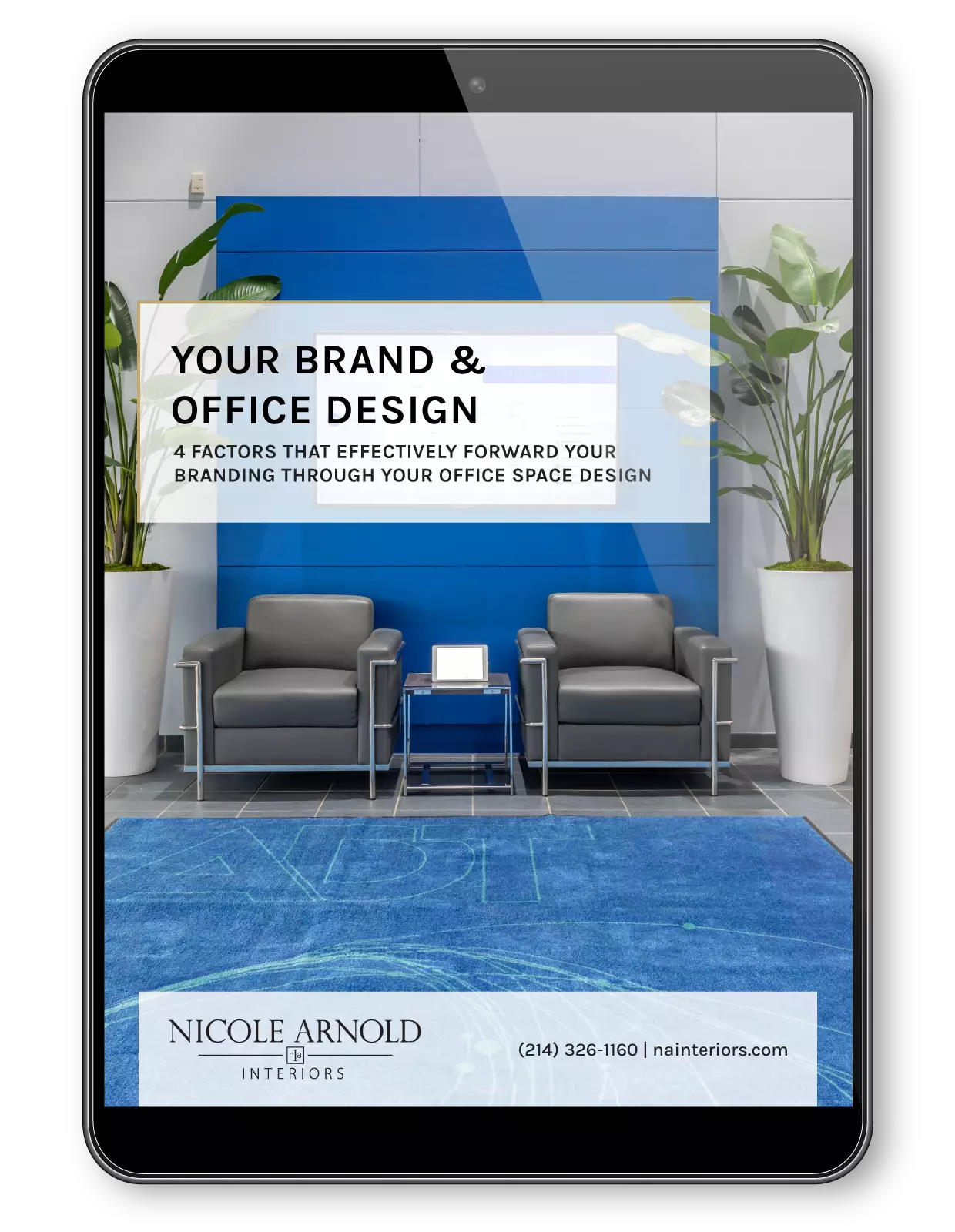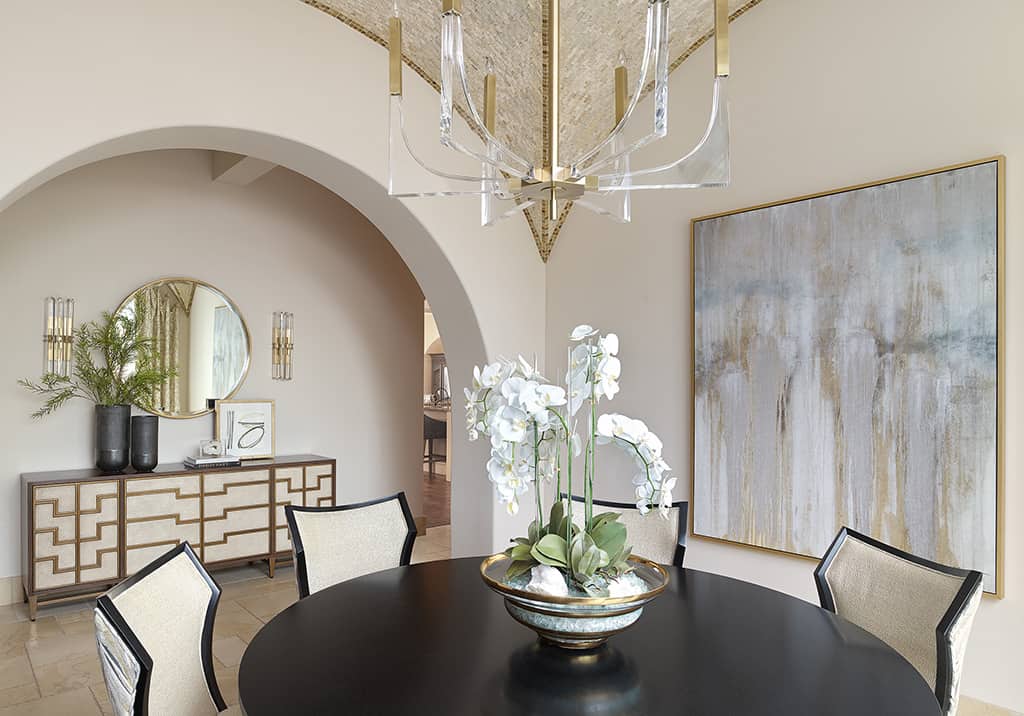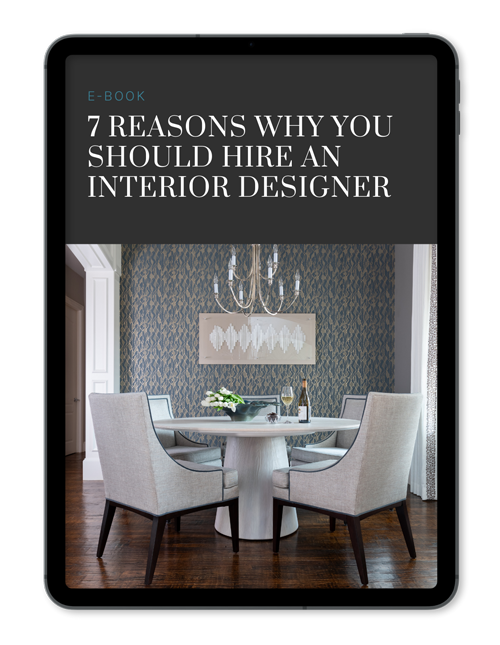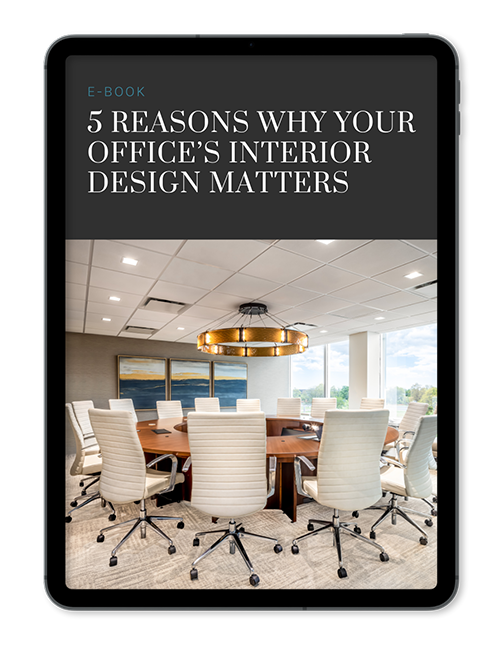Creating flow in custom homes through interior design is essential for crafting inviting and functional spaces. You’ll want to contemplate how layout, color, and materials interact to guide movement and enhance visual interest. By establishing cohesive sightlines and a harmonious color palette, you can eliminate bottlenecks and create a seamless connection between rooms. But how do you strike the perfect balance between aesthetics and functionality?
One effective solution is to consider professional interior design services, such as those offered by Nicole Arnold Interiors. Collaborating with experts can provide tailored strategies that elevate your home’s design while ensuring practicality. Their insights can help you navigate the complexities of space planning and color selection, helping to transform your home into a cohesive masterpiece.
Let’s explore the key elements that can enhance flow and functionality in your interior spaces, ensuring that your home reflects both beauty and livability.
Understanding Flow in Interior Design
When you think about flow in interior design, it’s essential to recognize how it shapes your experience within a home. The flow of a room involves seamless connectivity between spaces, guiding movement and creating visual interest.
By utilizing sightlines, cohesive color palettes, and materials, you can enhance the overall design. In open concept layouts, thoughtful placement of furniture and doorways is vital for maintaining functionality and reducing confusion. This well-designed flow makes your spaces feel larger and more usable by eliminating bottlenecks.
Incorporating elements like area rugs and strategic lighting also helps define areas while ensuring continuity. Ultimately, mastering flow in interior design transforms your home into a harmonious sanctuary where every room feels inviting and connected.
Importance of a Whole-Home Vision
Creating a cohesive whole-home vision is a game-changer in interior design, guiding your decisions and shaping the atmosphere of your space. By defining the overall feeling you want to evoke—whether cozy or refined—you establish a foundation for all your design choices.
Creating a mood board with inspiration images and color swatches helps guarantee that your selections maintain visual cohesion throughout your home. A cohesive design enhances flow, making spaces feel like complementary "sisters" rather than identical "twins."
Key Elements to Repeat for Cohesion
To achieve a harmonious flow throughout your custom home, it’s essential to identify and repeat key design elements that tie your spaces together.
Start with a core color palette of 3-5 hues that unifies each room while allowing individual personalities to shine. Consistent architectural elements, like door styles and millwork, enhance overall cohesion, making connections feel seamless.
Utilize similar patterns or materials in textiles to create visual flow, linking rooms effortlessly. Incorporating a few metal finishes in hardware and fixtures throughout your home reinforces a cohesive design narrative.
Finally, strategically place art that references colors from adjacent rooms to create visual continuity, enhancing your home feel and ensuring every space connects beautifully.
These design tips will elevate your custom home’s overall aesthetic.
Maximizing Transition Spaces
While passage spaces might seem like mere connectors between rooms, their design plays an important role in enhancing the overall flow of your custom home.
To maximize passage spaces, consider using a cohesive color palette and consistent materials, linking adjacent rooms visually. Area rugs or runners can define these areas while maintaining material consistency, guiding movement throughout your home.
Incorporate strategic lighting to create a welcoming atmosphere and draw attention to key features, making navigation feel intuitive.
Repeating architectural elements, like door styles or millwork, reinforces continuity, while thoughtful furnishings, such as benches or decorative storage, serve both functional and aesthetic purposes, boosting the visual appeal and usability of these crucial connections in your living space.
Utilizing Color Palettes for Consistency
Achieving a harmonious flow in your custom home goes beyond the design of passage spaces; it extends into the color palette you choose. A well-defined palette of 3-5 hues can create seamless shifts between rooms, enhancing cohesion in your home design.
Start with a neutral base for walls and ceilings, which allows bold accent colors to shine in different spaces, maintaining visual interest. Varying paint percentages of the same color across rooms adds depth while reinforcing connections, avoiding abrupt style changes.
Incorporating similar patterns or materials in textiles links spaces visually, promoting a unified design narrative. Finally, strategic area rugs or runners can enhance color continuity and functional flow, guiding movement throughout your home with purpose and style.
Ensuring Smooth Traffic Flow
Creating a seamless flow in your custom home is essential, especially when it comes to ensuring smooth traffic patterns between rooms.
Start by focusing on furniture placement, allowing at least 3 feet of clearance in high-traffic areas. Wide doorways, ideally 36 inches or more, enhance accessibility and promote easy connections between spaces.
In an open-concept design, strategically placed area rugs can delineate different areas while guiding movement and maintaining a cohesive look.
Incorporate sightlines by aligning furniture or architectural features, creating visual pathways that draw the eye and encourage flow.
Finally, consider proximity: placing laundry rooms near entryways or bathrooms close to common living spaces enhances functionality and convenience, making your home easier to navigate and enjoy.
Layering Personal Style Throughout
Once you’ve established smooth traffic flow throughout your custom home, it’s time to infuse your personal style into the design.
Start by selecting a cohesive color palette of 3-5 hues that can gracefully shift between living spaces, creating a visual connection while allowing each room to showcase its unique personality.
Incorporate personal elements like family heirlooms, artwork, or textiles to craft intentional focal points that reflect your history and tastes.
Repeating design elements, such as consistent patterns or architectural features, can unify diverse areas while celebrating your preferences.
Experimenting with various scales of furniture and decor adds depth, ensuring your personal style shines through.
Collaborating with a design specialist can help harmonize functional needs with your aesthetic desires.
Balancing Functionality and Aesthetics
When designing a custom home, finding the right balance between functionality and aesthetics can transform your living space into a true reflection of your lifestyle.
To achieve this, carefully select furniture that complements your space while serving practical uses, ensuring a cohesive look. Utilize a consistent color palette to enhance the aesthetics, allowing functional design elements to blend seamlessly.
Thoughtful furniture arrangement can facilitate natural flow, making areas feel larger and more inviting. Incorporating multi-functional pieces, like ottomans with storage or extendable dining tables, maximizes usability without sacrificing style.
Additionally, the strategic use of lighting not only elevates the aesthetics of a room but also improves functionality, ensuring every area is well-lit and inviting, creating a harmonious balance in your overall design.
Common Pitfalls to Avoid in Room Flow
While designing your custom home, it’s crucial to be aware of common pitfalls that can negatively impact room flow. Overlooking sightlines can create visual clutter, making spaces feel disjointed.
Pay attention to furniture scale and arrangement, as improper placement can lead to bottlenecks, disrupting movement. To create cohesion, maintain a cohesive color palette across rooms; jarring shifts can detract from harmony.
Also, consider the functional aspects of room connections—proximity of bathrooms to entry points matters for usability and guest comfort.
Finally, don’t underestimate negative space; balancing decorative elements with open areas enhances visual flow, preventing a cluttered appearance.
Avoid these pitfalls, and your home will feel cohesive and inviting.
Collaborating With Design Professionals
Collaborating with design professionals can greatly elevate the flow of your custom home, transforming it into a harmonious and functional space.
These experts understand spatial arrangement and will analyze your lifestyle to guarantee the home’s flow aligns with your daily activities. By strategically utilizing sightlines and lighting, they emphasize focal points and guide movement, enhancing both aesthetics and usability.
Maintaining a consistent color palette and material choices fosters continuity between rooms, creating a cohesive feel throughout your space.
Engaging with design professionals also allows for tailored solutions that address unique connectivity and accessibility needs, ultimately improving your overall living experience.
With their guidance, you’ll achieve a seamless flow that enhances comfort and connection in your custom home.


